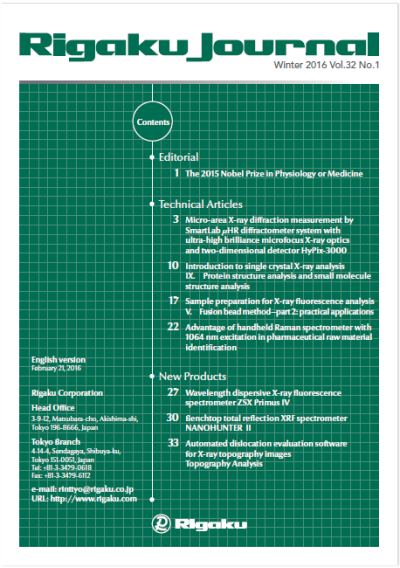Quality control is a top priority for the pharmaceutical industry. RMID (raw material identification) is an important part of quality control. Since health authorities of many countries including Japan joined PIC/S recently, quick and reliable RMID is becoming more important.
In the field of RMID, IR (infrared) and NIR (near infrared) spectrometry were used earlier than Raman spectroscopy. However, these analytical methods have limitations in the types of materials they can analyze. Raman spectroscopy can solve the many limitations or problems that were encountered in the past and is now widely recognized as a useful method for material identification.
One of the important advantages of Raman spectroscopy over IR and NIR spectroscopy is the fact that water does not cause interference, allowing measurement of moist samples and even aqueous solutions.
Another advantage is that the Raman spectroscopy enables direct material identification through a glass bottle or a transparent bag, thus minimizing the risk of contamination. In addition, Raman spectroscopy has an advantage over NIR spectroscopy regarding the ease of material identification. This advantage is due to the abundant, yet sharp and well resolved, spectral peaks in the Raman spectra. These sharp and abundant peaks in Raman allow for material identification without the need to build time consuming chemometric models as is required in NIR spectroscopy. Finally, inorganic materials are normally easier to analyze by Raman spectroscopy than by NIR spectroscopy which shows very weak peaks for inorganic materials.

